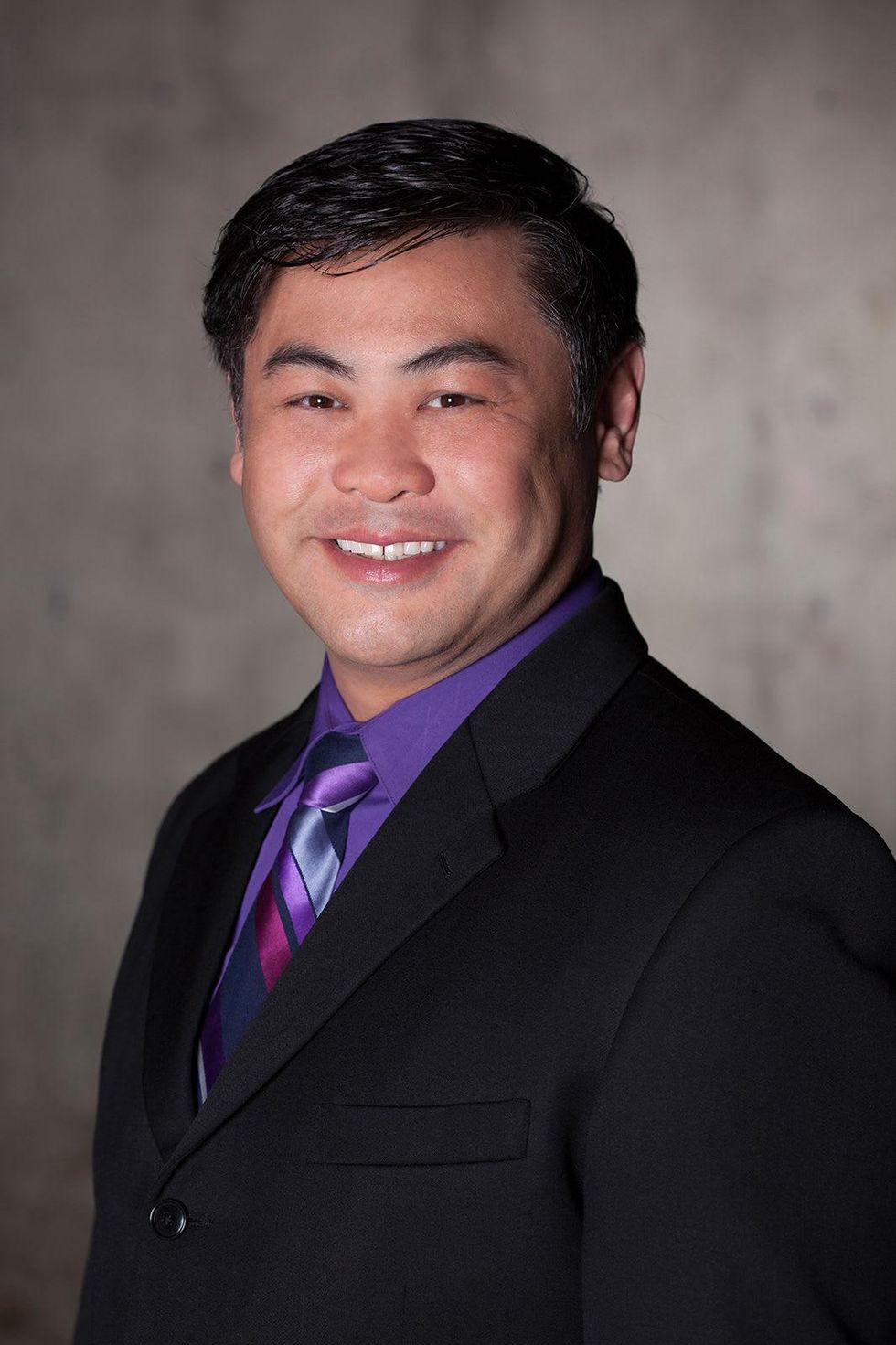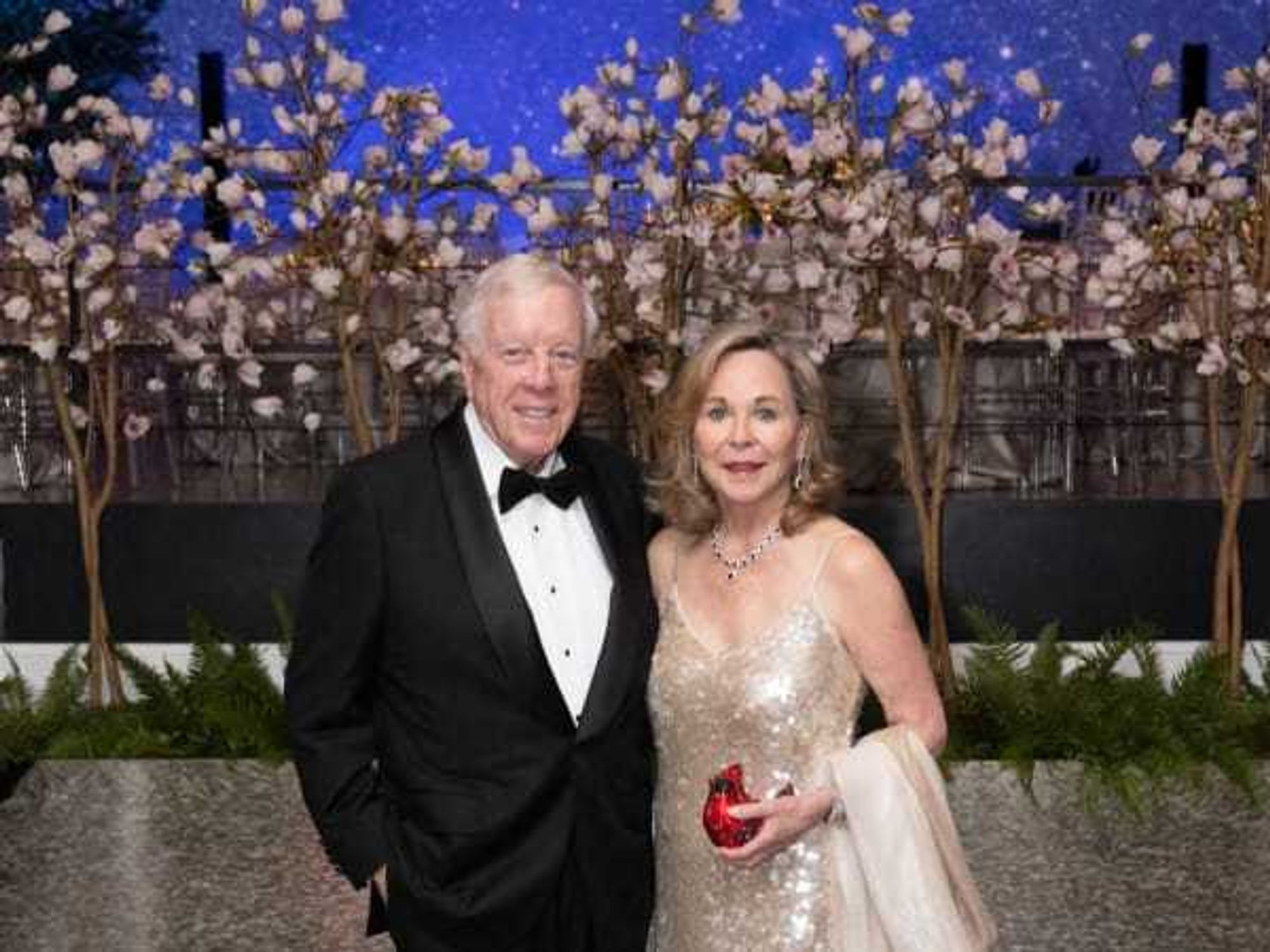New UH Degree
University of Houston launches graduate program to train leaders in the arts
Wisdom says that leaders aren't simply masters of their domain. Leaders don't just have the dexterity to adapt to changing circumstances. Leadership isn't only about reinventing oneself in the face of opposition.
Leadership means being able to visualize what doesn't exist and forge a framework that also facilitates others to thrive.
And in that definition lies the conundrum when trying to educate a commander-in-chief of any realm, that is, how does one teach knowledge that hasn't yet come into existence?
After careful strategic planning, the University of Houston is introducing a new Master of Arts degree with a concentration in Arts Leadership. The two-year graduate program pledges to "take an entrepreneurial approach to preparing creative professionals to launch, administer and maintain arts organizations of all sizes" in hopes of nurturing the next generation of influentials in arts and entertainment.
It isn't a degree in arts administration nor is it discipline specific. It's arts leadership in a much larger scope — an important distinction.
Catalyst for movement
At the helm of the program is Fleurette Fernando, formerly the director of grants at Houston Arts Alliance, with support from the newly created Center for Arts Leadership, led by Rice alum Sixto Wagan, who left an 18-year career at DiverseWorks to set this initiative in motion.
"Before you deconstruct something or break the rules, you have to know what the rules are."
"Arts leadership is not defined as being an executive director, it's not defined as being at the pinnacle of a hierarchy of an established model," Wagan explains. "It's about being a catalyst for a movement — in any capacity.
"Old models aren't going to work forever. We need to think about leadership in terms of value systems and philosophies, not in terms of individual skills."
As a result of changing demographics, evolving methods of funding and new ways to preside over creative activities, the kind of leader needed to usher the arts into the 21st century has not been defined yet, Wagan says. The promise of the curriculum is for students to redefine and create new blueprints for success.
"Before you deconstruct something or break the rules, you have to know what the rules are," Fernando adds. "With the academic classes, we want to develop people who are aware of the strengths and pitfalls of current models so they can ask a lot of relevant, critical questions."
Training art leaders
The price tag of the 36-credit-hour Arts Leadership program is approximately $20,000 for both years collectively, a figure that includes all fees and optional health insurance. The rate was set to be more affordable than similar programs such as Southern Methodist University and Carnegie Mellon University, which UH officials studied to design the curriculum.
The first year of the UH degree includes core coursework in current trends, new technologies, financial management, marketing, fundraising and grant writing. Classes are scheduled at night to entice working professionals to enroll. At the heart of the second year is a project-focused internship at a local arts organization, complemented by electives in the School of Communications, the School of Public Administration and the School of Fine Arts.
"How can you bring arts to the world without a connection to people outside of the field?"
In partnership with the Center for Arts Leadership, pupils will have access to national leaders of repute in the fields of arts, entertainment and culture.
The deadline to apply for the program is Friday.
Vision for the future
"I see this developing as a think tank where scholars and professionals discuss their latest research, their latest challenges, for it to be a magnet that gathers the best of the best on an international scale," Fernando says. "A meeting-of-the-minds where experts disseminate their work and dissect their ideas within an academic context that's also relevant in practice."
A supplemental mission is to archive knowledge, a task that's crucial considering the generational shift that's currently affecting arts organizations.
"As artists, we suffer from amnesia," she continues. "Capturing information from retiring leaders, giving them a space to tell their stories, will safeguard their legacy and trajectory so we don't reinvent the wheel again and again."
Wagan posits that the combination of Houston's strengths — entrepreneurial spirit, philanthropy, diversity and creative exploration — renders the city a fascinating Petri dish, a lab to try ideas that could have international impact.
Both Wagan and Fernando refined their arts know-how on the job. Amid the many lessons they acquired hands-on, one rises as most important. They are hoping to inspire students to work smarter — not harder.
"Thriving in chaos can be exciting, but problematic and not sustainable."
"I wish I knew more about balance when I started," Fernando quips. "It's a problem because your fire and your passion can leave you feeling burned out. Thriving in chaos can be exciting, but problematic and not sustainable."
Wagan agrees.
"You have to have a personal life that isn't about work — for the sake of your work," he adds. "There's a danger in becoming insular from the community at large. How can you bring arts to the world without a connection to people outside of the field?"
It isn't about being martyrs and going at it alone.
"We feel like if we're not doing it alone, by ourselves, we feel like it's not being done right — right being the most problematic word in that statement," he says. "A collective drive to achieve the mission is much more effective."


